HOSTA GROWING GUIDE – CARE, PLANTING, & DESIGN IDEAS

Gardeners adore Hostas because of their lush foliage and adaptability to various garden ideas. Ostas can add a touch of elegance and greenery to any garden, regardless of gardening experience level. This article will explain what hosta plants are and why your garden has to include them. It will also offer thorough insights on planting, caring for, variety selection, and design concepts. With the correct information, you can use these gorgeous plants to create a thriving garden.
What are Hosta Plants
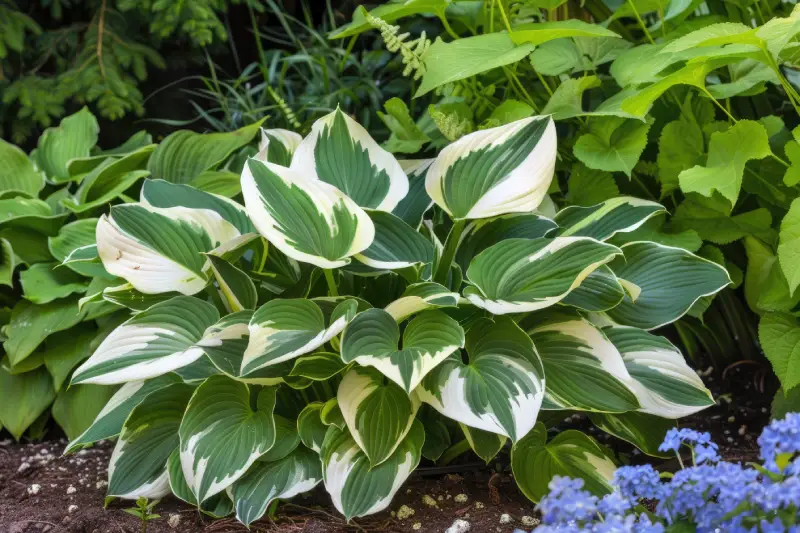
Hostas are perennial plants valued for their beautiful leaf, often called plantain lilies. These shade-tolerant plants, native to East Asia, are available in various shapes, shapes, and textures. Hostas are prized for their large, luscious leaves, which come in various colors from blue to deep green, and many of them have varied patterns. In the summer, they also have tiny, fragile and blooms on tall stalks. They are an excellent option for gardeners who want to add texture and color to shaded locations because of their resilience and low maintenance requirements.
5 Reasons One Must Include Hosta Plants in Their Gardens
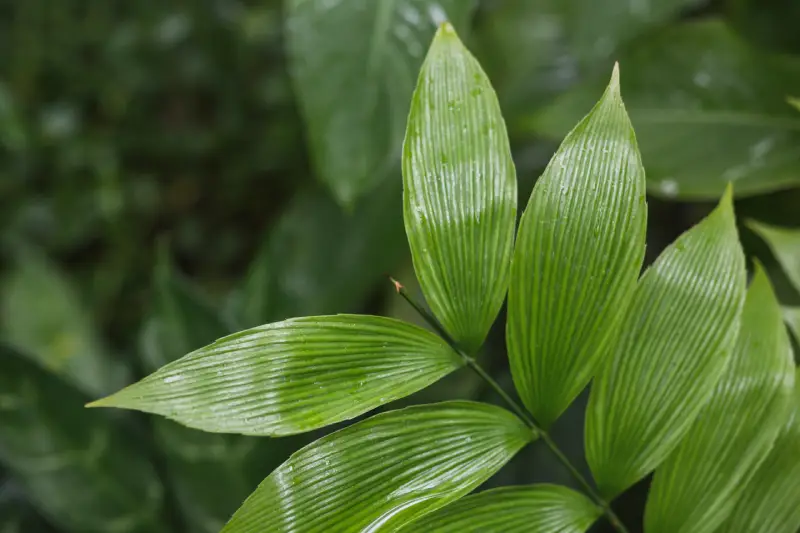
· Hostas are not just plants; they are a canvas of versatile beauty as they can transform any garden into a work of art. They come in various colors, sizes, shapes, and textures.
· Shade Tolerance: Many gardens have areas that receive little sunlight, and hosts thrive in such conditions. Their ability to grow in the shade makes them perfect for filling in those tricky spots where other plants may struggle.
· Low-care plants are perfected by hosts. Once established, they don’t need much maintenance, so you can enjoy their beauty without worrying about maintenance.
· Seasonal Interest: Hosts provide interest throughout the growing season with their vibrant leaves and summer flowers. Some varieties even offer colorful foliage changes in the winter season.
· Erosion Control: Hostas have dense foliage and extensive root systems that help control soil erosion. Planting them on slopes or areas prone to runoff can help stabilize the soil and prevent erosion.
5 Most Popular Varieties of Hosta Plants
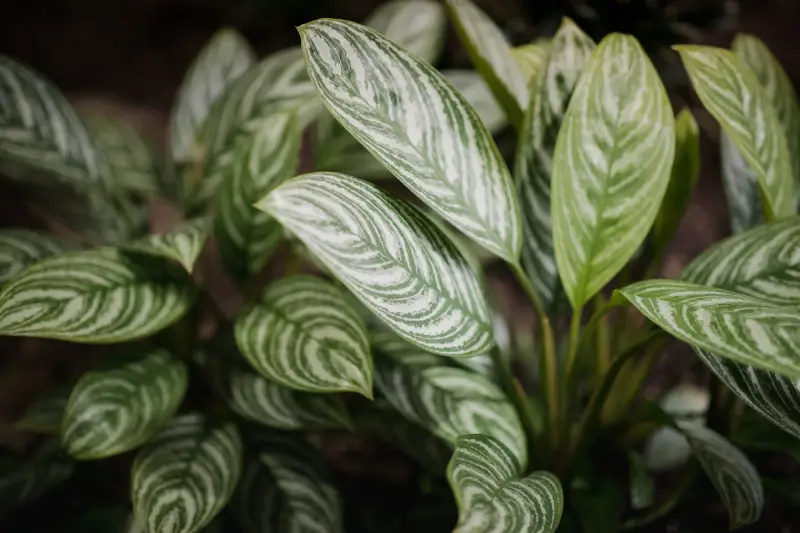
· ‘Sum and Substance’: Known for its large, chartreuse lea es, ‘Sum and Substance’ stands out in any garden. It can grow up to 3 feet tall and 6 feet wide, making it a great focal point.
· ‘Blue Angel’: This variety features striking blue-green leaves and can grow up to 4 feet wide. It’s perfect for adding a cool, calming effect to shady garden areas.
· ‘Patriot’: With its green leaves edged in white, ‘Patriot’ offers a strong king contrast that brightens up any garden space. It’s a medium-sized hosta that is very popular among gardeners.
· ‘Frances Williams’: This hosta is known for its large, heart-shaped leaves with blue-green centers and yellow edges. It’s a classic variety that adds a touch of elegance to gardens.
· ‘June’: A versatile variety with gold leaves that have blue-green margins. ‘June’ is compact and works well in both small and large garden designs.
5 Seasonal Factors to be Kept in Mind When Including Hosta Plants in Your Garden

· Spring Planting: Hostas grow best in the spring because of the lower temperatures and more precipitation that aid in root establishment. Ensure that the soil has enough drainage and is rich in organic materials.
· Summer Care: Host hosts need regular watering during summer, especially in hot weather. Mulching the area around the plants helps the roots stay cool and retain moisture.
· Fall Maintenance: In the fall, reduce the fol age after the first frost to prevent pests and diseases. This is also a good time to divide and transplant hostas if they have become too crowded.
· Winter Protection: Hostas are hardy, but applying a layer of mulch can protect the roots from freezing temperatures in areas with harsh winters.
· Seasonal Pests: Watch out for pests like slugs and snails, which can damage the leaves. Organic pest management techniques can help keep these pests away without endangering the plants.
10 Best Methods of Planting Hosta Plants
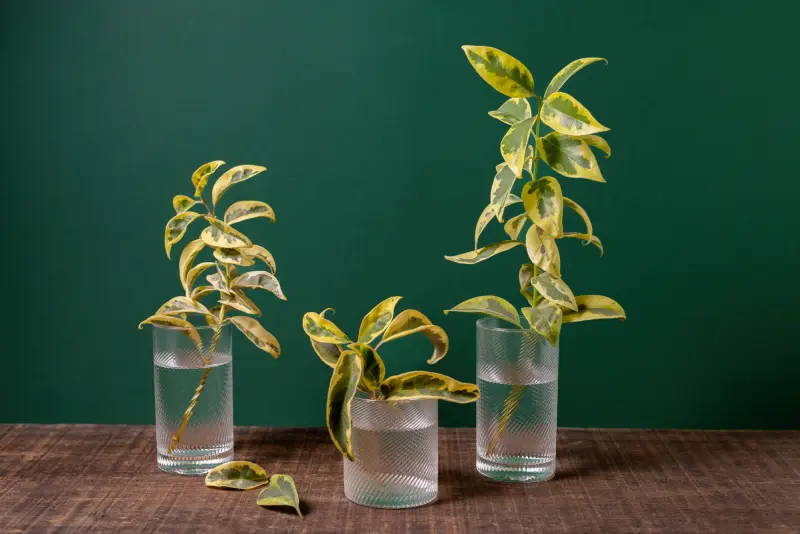
· Choose the Right Location: Select a shady or partially shaded area with well-drained soil. Hostas thrive in these conditions.
· Prepare the Soil: Compost or other organic matter can be added to the soil to improve drainage and supply nutrients.
· Spacing: Space the plants according to their maturity size to ensure they have adequate space to grow without becoming overcrowded.
· Digging the Hole: To make it easier for the roots to spread out, dig a hole twice as deep and wide as the root ball.
· Planting Depth: Place the hosta at the same depth it was growing in its pot to avoid burying the crown too deep.
· Watering: After planting, give the plants lots of water to help settle the soil and eliminate air pockets near the roots.
· Mulching: Mulch the area surrounding the plants to keep moisture and weeds at bay.
· Fertilizing: Use a balanced fertilizer in early spring to promote healthy growth.
· Dividing: Divide mature plants every 3-5 years to maintain their vigor and prevent overcrowding.
· Companion Planting: Pair Hostas with other shade-loving plants, such as ferns and astilbes, to create a lush, diverse garden.
10 Best Ways to Take Care of Your Hosta Plants

· Regular Watering: Ensure the plants receive one inch of water or more per week, especially in the dry months.
· Mulching: Mulch annually to retain moisture and provide nutrients as it decomposes.
· Pest Control: Use organic methods to control slugs and snails, such as beer traps or diatomaceous earth.
· Fertilizing: To keep your plants well-fed, use a slow-releasing fertilizer in the spring and again in the middle of summer.
· Pruning: Remove any damaged or diseased leaves to maintain the plant’s health and appearance.
· Dividing Plants: Divide overcrowded clumps every few years to promote better growth and prevent disease.
· Winter Care: Protect the plants with a layer of mulch in colder climates to prevent root damage from freezing.
· Sun Protection: Monitor sun exposure and provide additional shade if the leaves show signs of scorching.
· Soil Testing: Test the soil periodically to ensure it has the right pH and nutrient levels for optimal growth.
· Watch for Diseases: Look for signs of diseases like crown rot and treat them promptly to prevent their spread.
Taking Care of the Plant at its Different Growth Stages
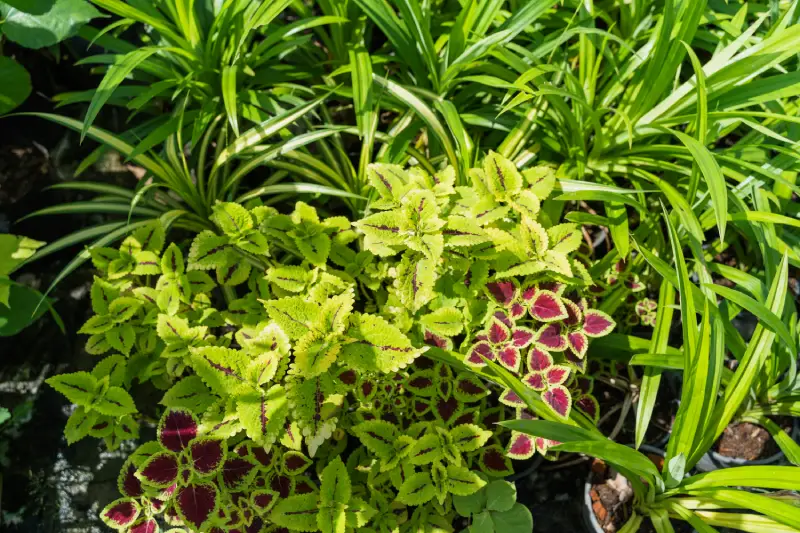
· Seedling Stage: When hostas are in their seedling stage, they are delicate and require careful handling. This is the phase where they are most vulnerable to environmental stressors. Start by planting seeds in a well-draining, sterile seed-starting mix. Maintain a constant moisture content in the soil, but avoid flooding it since this may cause root rot. Give your plants lots of indirect sunlight to promote healthy growth. An ideal soil temperature can be maintained using a seedling heat pad. Fertilize lightly with a balanced, water-soluble fertilizer to provide the necessary nutrients without overwhelming the young plants. Protect seedlings from pests and diseases by maintaining good air circulation and cleanliness.
· Young Plant Stage: As the seedlings grow into young plants, they will develop more robust root systems and larger leaves. This stage requires moderate watering to keep the soil evenly moist. Transition the plants to a location with partial to full sha e, as young hostas can be sensitive to intense sunlight. Mulching the ground around the plant bases helps retain moisture and control weeds. Even though you are fertilizing less frequently than when the plants are seedlings, you should still use a balanced fertilizer. Watch for pests like snails and slugs that can harm the fragile foliage. Keep an eye out for any symptoms of illness and take quick action to stop its spread.
· Mature Plant Stage: Mature hostas are more resilient and require less intensive care. At this stage, the layer will produce lush foliage and may start to flower. Watering should be deep and infrequent, ensuring the soil is thoroughly oaked but allowed to dry out slightly between waterings. Mature hostas benefit from an annual application of organic matter to the soil. Fertilize in early spring and mid-summer to support vigorous growth and flowering. Keep an eye out for pests and diseases, treating them as necessary to maintain plant health. Dividing overcrowded clumps every few years helps rejuvenate the plants and promote better growth.
· Dormant Stage: During the dormant stage in late fall and winter, hostas require minimal care. After the first frostCaret, back the foliage to ground level to prevent pests and diseases from overwintering in the dead leaves. Mulch the roots to protect them from cold temperatures, particularly in areas with severe winters. Reduce watering, as the plants aren’t actively growing, and excess moisture can lead to rot. If you live in an area with mild winters, a light mulch layer will suffice to protect the plants without causing them to remain too wet.
· Revitalizing Older Plants: As hostas age, they may become less vigorous and require revitalization. Consider dividing the plants every few years to reduce overcrowding and stimulate new growth. Remove the clump by digging it up and carefully dividing it into smaller portions, ensuring each split has a few shoots and a robust root system. Replant the divisions using the exact planting car instructions for young plants in well-prepared soil. This procedure benefits the original plant and lets you add more hostas to your collection.
10 Best Ways to Design Hosta Plants That Amplifies the Beauty of Your Gardens

· Borders and Edges: Use hostas to create lush borders and edges along pathways and garden beds.
· Focal Points: Plant larger hosta varieties as focal points in garden designs to draw the eye and add structure.
· Layering: Combine different sizes and colors of hostas to create a layered, textured effect.
· Containers: Grow hostas in decorative containers to add interest to patios and small garden spaces.
· Mixed Plantings: For a diverse garden, pair hostas with other shade-loving plants like ferns, heucheras, and bleeding hearts.
· Water Features: Surround water features like ponds and fountains with hostas to create a natural, serene setting.
· Shade Gardens: Use hostas as the backbone of shade gardens, complemented by other perennials and annuals.
· Rock Gardens: Plant hostas in rock gardens where their foliage contrasts beautifully with stones and gravel.
· Woodland Settings: Create a woodland garden by planting hostas under trees and alongside native woodland plants.
· Accent Plants: Hostas can be used as accent plants in flower beds to add texture and color without overpowering the main display.
Conclusion
Gardeners can use hosta plants to improve the aesthetics of their outdoor areas in countless ways. Their adaptability, carefree maintenance, and capacity to flourish in shady environments make them an invaluable asset to any landscape. By knowing the man types, planting strategies, and maintenance procedures, you can ensure your hostas thrive and provide joy for many years. Embrace the elegance and simplicity of hosta plants to create a verdant haven in your garden.
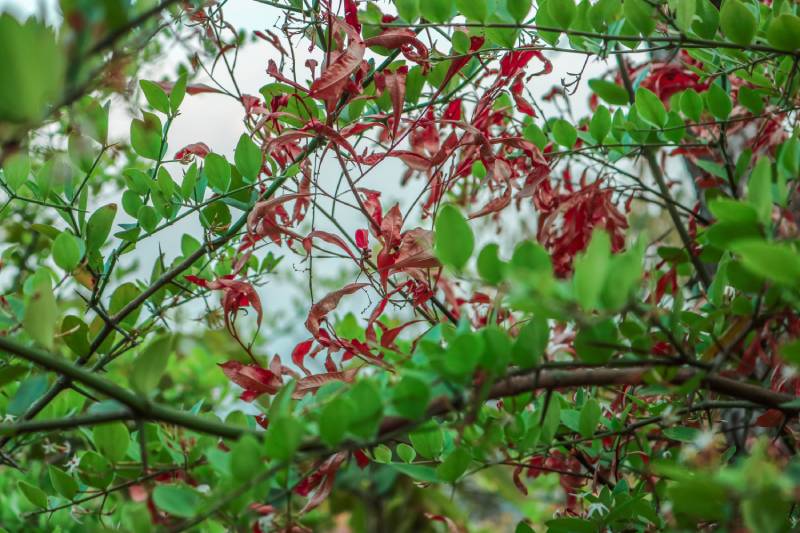
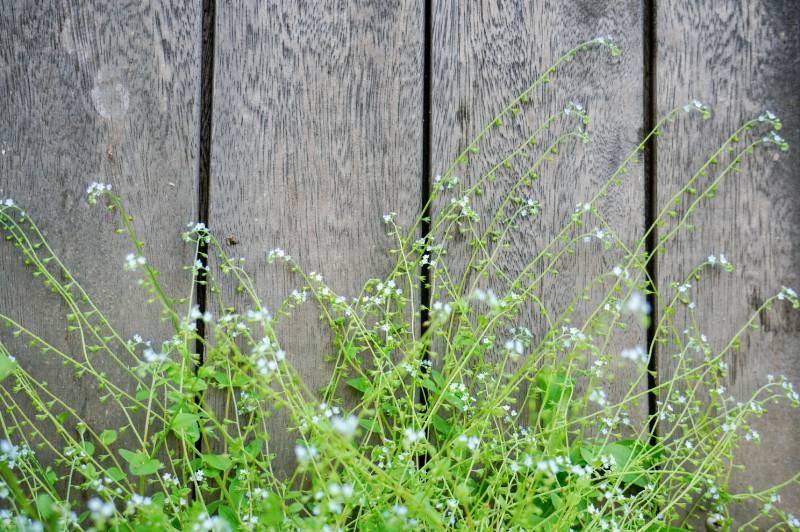

Leave a Reply